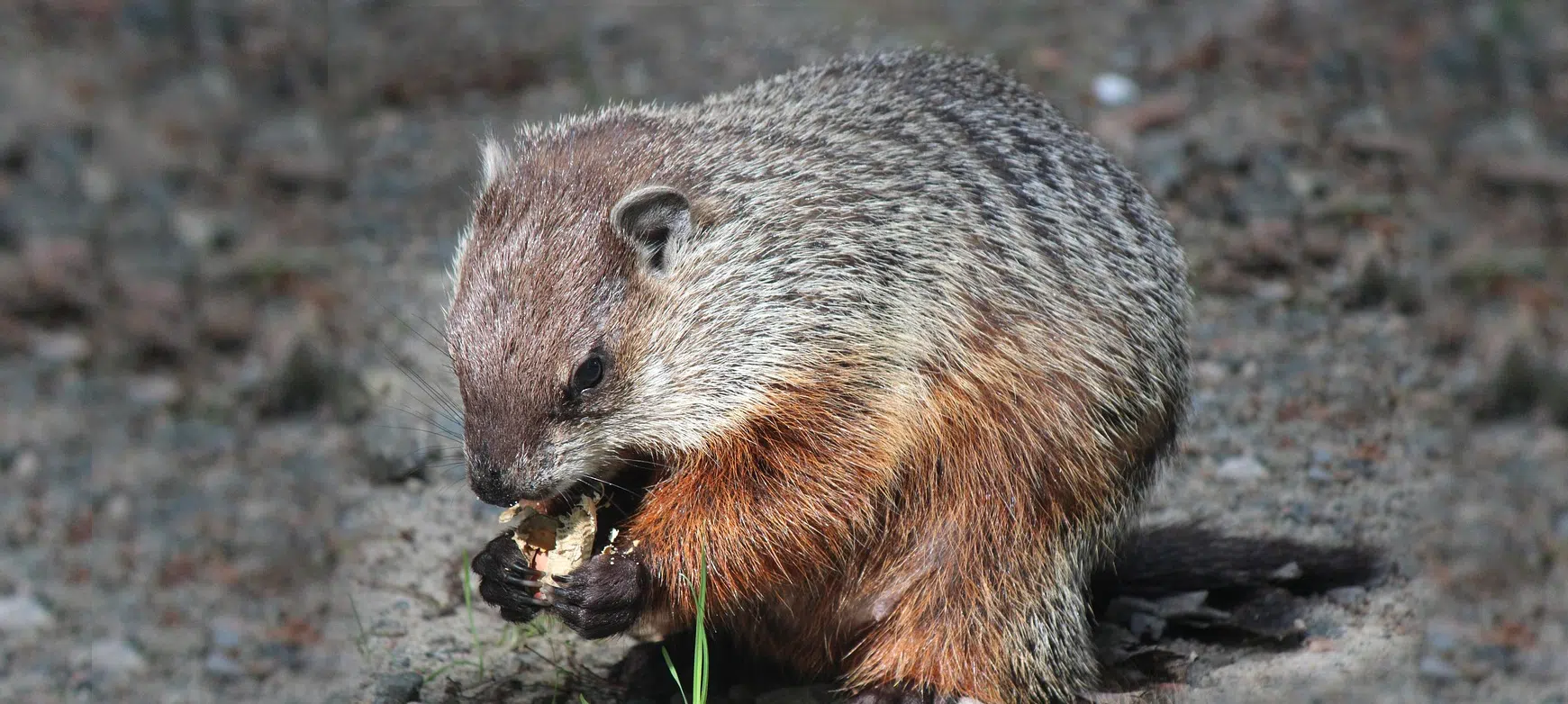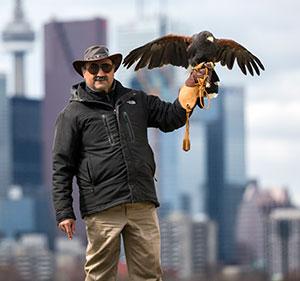Anything in your garden! :) No, seriously, they tend to raid a garden in record time. In this article, we'll explore which foods are loved by groundhogs and likely will have them coming back for more - come along!

Understanding the Diet of our Backyard Visitor
Groundhogs, also known as woodchucks, are a part of the rodent family Sciuridae and belong to a group of large ground squirrels known as marmots. They are cute, short legged, and furry critters who hibernate throughout the winter and emerge from their burrows in early April. They are mostly herbivores - mostly! Occasionally, groundhogs may also like to eat insects, slugs, bird eggs and other small creatures. So, not the most committed vegetarians, they are. Interestingly, groundhogs do not require a whole lot of water. The majority of their water intake comes from moisture contained in and on leaves. All in all, what groundhogs eat and drink depends on what is readily available.
What Do Groundhogs Like to Eat?: Common Foods in a Groundhog's Diet
 Vegetation and Grasses
Vegetation and Grasses
Groundhogs can eat up to a pound and a half of vegetation every single day. That's pretty impressive for such little guys. Favorites include clover, alfalfa, dandelions, and variouses grass varieties.
Fruits and Berries
Based on seasonal availability, groundhogs will happily add all sorts of fruits and berries to their menu as well. These might include apples, pears, blueberries, blackberries, raspberries, cherries, hackberries, and mulberries.
Garden Vegetables
Oh boy. If you're an avid gardener, you'll not like groundhogs. 2 groundhogs can decimate your vegetable garden in 24 to 48 hours. They will go after broccoli, cabbage, lettuce, carrots, beans, peas, squash, peppers, tomatoes, and more. What groundhogs love to eat is very likely pretty close to everything you love to grow.
Tree Bark and Twigs
The jaw of a groundhog is strong, and the teeth grow throughout its life. Munching on twigs, sticks, acorns, and bark helps keep them sharp and trimmed. They'll also nibble on maple leaves, hickory nuts, and plant or tree roots. Roughage is a vital component of nearly every mammal's dietary requirements and digestive health.
Flower Gardens
You'll be equally unhappy about your resident groundhog's activities, if you tend to lovely flower gardens. Unfortunately, flowers such as hostas, coneflowers, sunflowers, asters, daisies, snapdragons, and even marigolds are also coveted summer menu items. Often times, not only the foliage falls prey to the groundhog, but also the roots.
Humane Ways to Deter Groundhogs from Unwanted Feeding
So, once you've either discovered a groundhog burrow along with its notable mound of dirt or are staring at the obvious damage to your gardens, it's time to call for an intervention. There are some DIY solutions you may want to try before enlisting the help of a Professional Animal Wildlife Control Specialist.
Natural Repellents
Groundhogs have highly evolved senses, including the sense of smell. There are some scents not favoured by groundhogs and perhaps worth exploring in an effort to keep them at bay. Such scents include herbs such as lavender, basil, chives, lemon balm, mint, sage, thyme, rosemary, and oregano. Also, Irish Spring soap, garlic, cayenne pepper, castor oil, or and white or apple cider vinegar have shown some success deterring groundhogs. You might want to give each of these a go on their own, or try combining 2 or more ingredients to design your own remedy.
Physical Barriers
When it comes to physical barriers, keep in mind that groundhogs are MOST EXCELLENT diggers and any type of fence needs go start well below ground level.
- Begin by digging a foot wide and deep trench at the base of your new groundhog fence. Line the trench with hardware cloth.
- Run vertical supports, 4 feet high and tack up 5 feet of hardware cloth.
- Leave a foot of unsupported wire at the top;. Groundhogs do not like an unsupported or flimsy fence and won't continue once they come to the unsupported part.
Electrifying the fence or installing Electrical Shock Tracks may give you even better protection.
Habitat Modification
Groundhogs are fairly easily frightened. Modifying your yard can be as easy as having a couple of large beach balls roll around, playing the radio tuned to talk radio, and some lights on a timer around the entrance to the burrow. If you have a dog, he or she marking territory in your yard will make it a lot less groundhog friendly. Filling in the burrow opening and tunnel is an option (just be absolutely certain that there are no babies in the den) but you'll have to repeat this several times. This may also result in more groundhog hills in your yard before your groundhog gives up and moves on. Commercially available anti dig aprons may be an option for groundhog habitat modification if you're willing to spend the time and money.
Groundhogs and Ecosystem Balance
Groundhogs play a vital part in biodiversity by providing food for larger predators such as coyotes, foxes, weasels, badger, and birds of prey. Additionally, their burrows also provide shelter to other rodents, reptiles, and foxes. What has an impact on the environment isn't so much what groundhogs like to eat but more their activities.
Role in Seed Dispersal
While they aren't loved by gardeners and farmers, burrowing tunnels actually plays a crucial role in controlling the growth of certain plant species and promoting a healthy balance. Groundhogs unintentionally help with seed dispersal while digging up the soil.
Impact on Local Flora
Groundhogs' impact on local flora can be traced back to overall soil health; by digging burrows they help aerate the soil and mix in organic matter, which helps plants grow. This process helps with distribution of minerals and moisture.
When Groundhogs Get Too Much to Handle: Hawkeye Animal Control
If your groundhog and its burrow doesn't threaten the integrity of your home's foundation or decimate your garden or if you can build a suitable fence, you might just pour yourself a cup of coffee, pull up a chair and let yourself be entertained. If you can't beat 'em - join 'em! However, if your home's foundation is in danger or your groundhog designated the space under your deck as his or her den, it's time to act and call in the Wildlife Animal Control experts and let us deal with evicting your groundhog. Please do not handle groundhogs yourself - they are quite territorial and carriers of rabies. Live trapping groundhogs and/or relocation also must be done by a professional. Call Hawkeye Bird & Animal Control and let our licensed and trained technicians deal with the humane groundhog or woodchuck removal from your yard.














